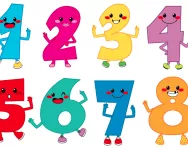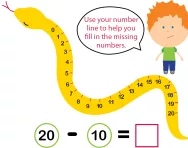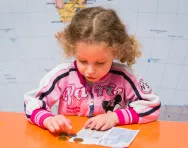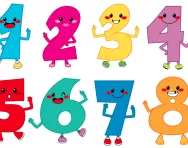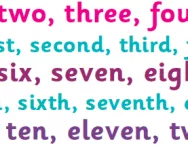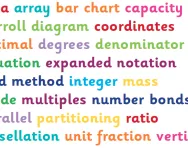TheSchoolRun.com closure date
As we informed you a few months ago, TheSchoolRun has had to make the difficult decision to close due to financial pressures and the company has now ceased trading. We had hoped to keep our content available through a partnership with another educational provider, but this provider has since withdrawn from the agreement.
As a result, we now have to permanently close TheSchoolRun.com. However, to give subscribers time to download any content they’d like to keep, we will keep the website open until 31st July 2025. After this date, the site will be taken down and there will be no further access to any resources. We strongly encourage you to download and save any resources you think you may want to use in the future.
In particular, we suggest downloading:
- Learning packs
- All the worksheets from the 11+ programme, if you are following this with your child
- Complete Learning Journey programmes (the packs below include all 40 worksheets for each programme)
You should already have received 16 primary school eBooks (worth £108.84) to download and keep. If you haven’t received these, please contact us at [email protected] before 31st July 2025, and we will send them to you.
We are very sorry that there is no way to continue offering access to resources and sincerely apologise for the inconvenience caused.
What are ordinary numbers?
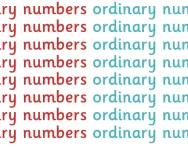
What are ordinary numbers?
Ordinary numbers are the numbers we use for counting and ordering. They start from 1 and go on indefinitely (1, 2, 3, 4, 5, 6, and so on). The number 0 is also often included in the set of ordinary numbers.

It is important to note that ordinary numbers do not include negative numbers. Negative numbers are introduced later in the maths curriculum, typically in KS2. They are used to represent quantities less than zero, such as temperatures below freezing or debts.
Ordinary numbers in the National Curriculum
Understanding and using ordinary numbers is a key part of the primary maths curriculum and starts even before children begin in the Early Years. As children progress through school, they will learn how to recognise, use and manipulate ordinary numbers of greater size. Here is a rough progression showing how their skills and knowledge will develop:
- Reception: Children start by learning to count up to 20. They learn to recognise and write these numbers and to use them to solve simple problems (like adding two groups of objects together).
- Year 1: Children learn to count up to 100, both forwards and backwards. They also start to learn about place value (the value of each digit in a number) and to use ordinary numbers in more complex problems.
- Year 2: Children learn to count up to 1000 and to use ordinary numbers in a range of contexts, including measuring lengths and weights and telling the time.
- Year 3 to Year 6: Children continue to develop their understanding of ordinary numbers, learning to use them in increasingly complex ways. This includes using them in calculations with larger numbers, fractions and decimals. They will also learn to use them to solve problems involving time, money and measurement.
How to help your child with ordinary numbers
There are many ways you can support your child's understanding of ordinary numbers at home. This is especially important as they first begin their maths learning. The more that they become comfortable with these at a young age, the more successful and confident mathematicians they will become.
Here are a few ideas of things you can try at home:
- Counting games: Play games that involve counting, like board games or card games. You could also count objects around the house, like toys or pieces of fruit.
- Number puzzles: Puzzles like Sudoku or number crosswords can be a fun way to practise using ordinary numbers.
- Real-life maths: Use ordinary numbers in real-life situations. For example, you could ask your child to help you measure ingredients for a recipe or to work out how many minutes until dinner is ready.
- Online resources: There are many online games and activities that can help your child practise using ordinary numbers. These can make learning about numbers fun and engaging.
Remember that ordinary numbers are everywhere, and the more children are exposed to these, the more confident they will become. A little practice can really help children to embed this core knowledge and help them on their way to becoming a successful mathematician!
